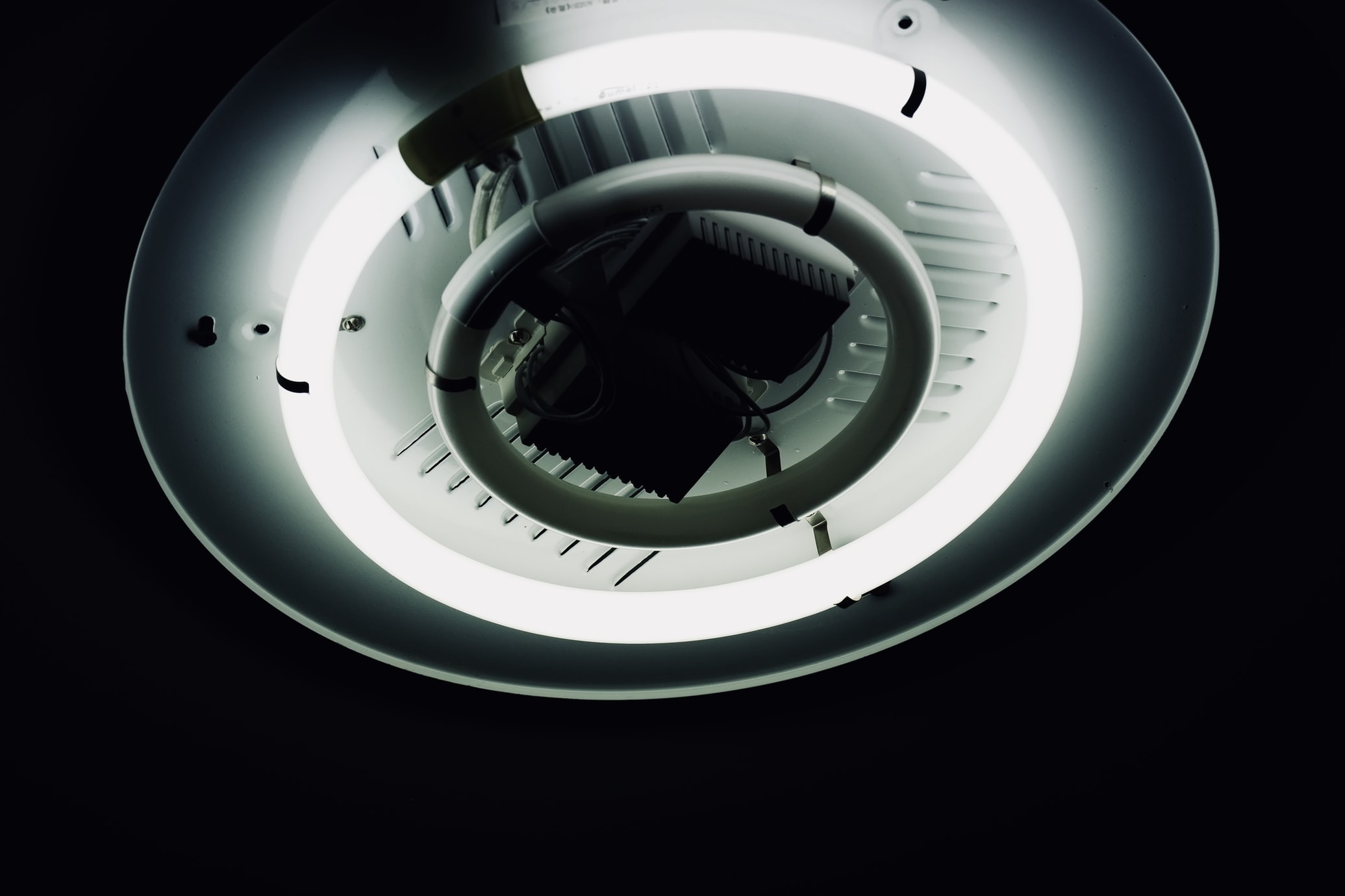Detector Advance Could Lead to Cheaper, Easier Medical Scans
1. 11. 2021 | UC Davis | www.ucdavis.edu
Researchers in the U.S. and Japan have demonstrated the first experimental cross-sectional medical image that doesn't require tomography, a mathematical process used to reconstruct images in CT and PET scans . The work, published in Nature Photonics, could lead to cheaper, easier and more accurate medical imaging.
The advance was made possible by development of new, ultrafast photon detectors. "We're literally imaging at the speed of light, which is something of a holy grail in our field," , said Simon Cherry, professor of biomedical engineering and of radiology at the University of California, Davis. The process of tomography is required to mathematically reconstruct cross-sectional images from the data in imaging that uses X-rays or gamma rays. In PET scans, molecules tagged with trace amounts of a radioactive isotope are injected and taken up by organs and tissues in the body. The isotope, such as fluorine-18, is unstable and emits positrons as it decays.

In their paper, the researchers describe various tests they conducted with their new technique, including on a test object that mimics the human brain. They feel confident that this procedure is ultimately scalable to the level needed for clinical diagnostics and has the potential to create higher quality images using a lower radiation dose. Images can also be created more quickly with this method, potentially even in real time during the PET scan, as no after-the-fact reconstruction is needed.
Read more at UC Davis
Image Credit: Unsplash
-jk-




